Peptide-laden vesicles light up in the presence of amyloid beta, providing an early diagnostic test (and possible treatment) for Alzheimer’s.
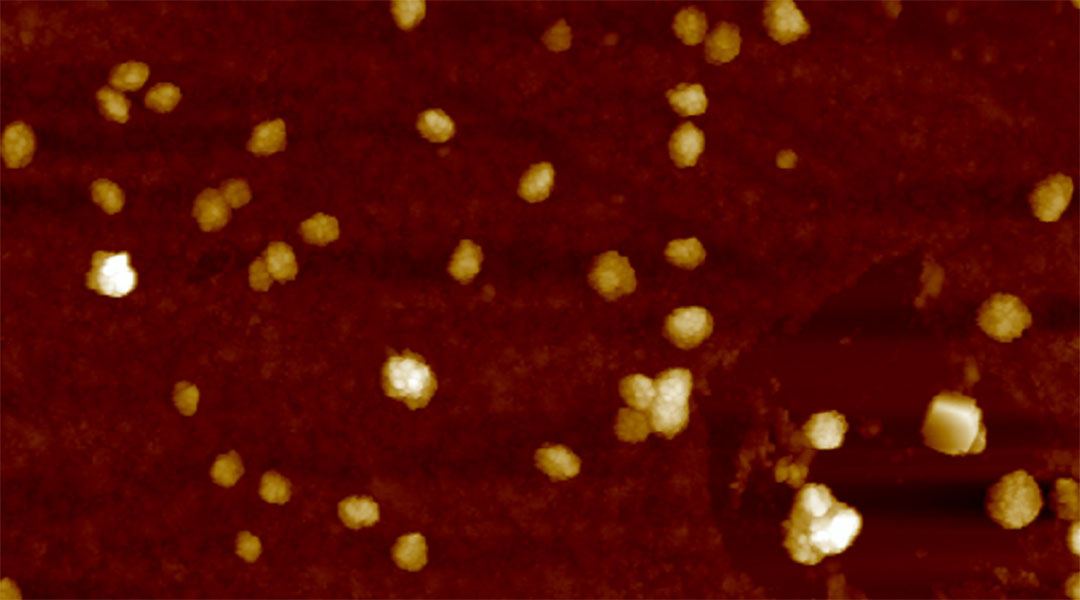

Peptide-laden vesicles light up in the presence of amyloid beta, providing an early diagnostic test (and possible treatment) for Alzheimer’s.

Abandoning traditional practices led to intense dry season fires, drastically altering biodiversity and increasing greenhouse gas emissions.
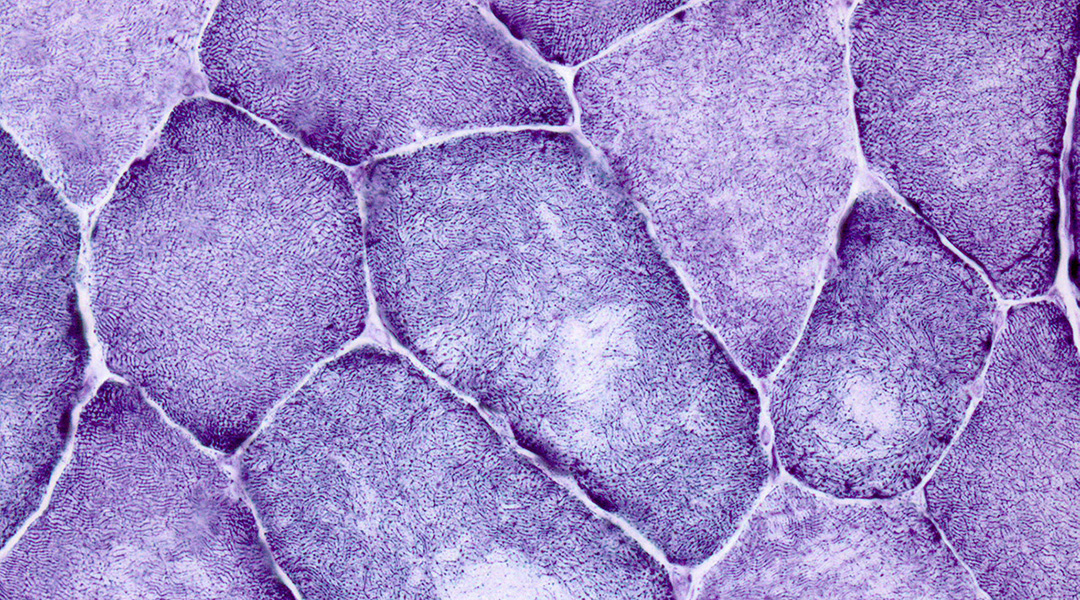
Understanding how muscular atrophy occurs on the cellular level could help researchers identify new drugs to treat the condition.
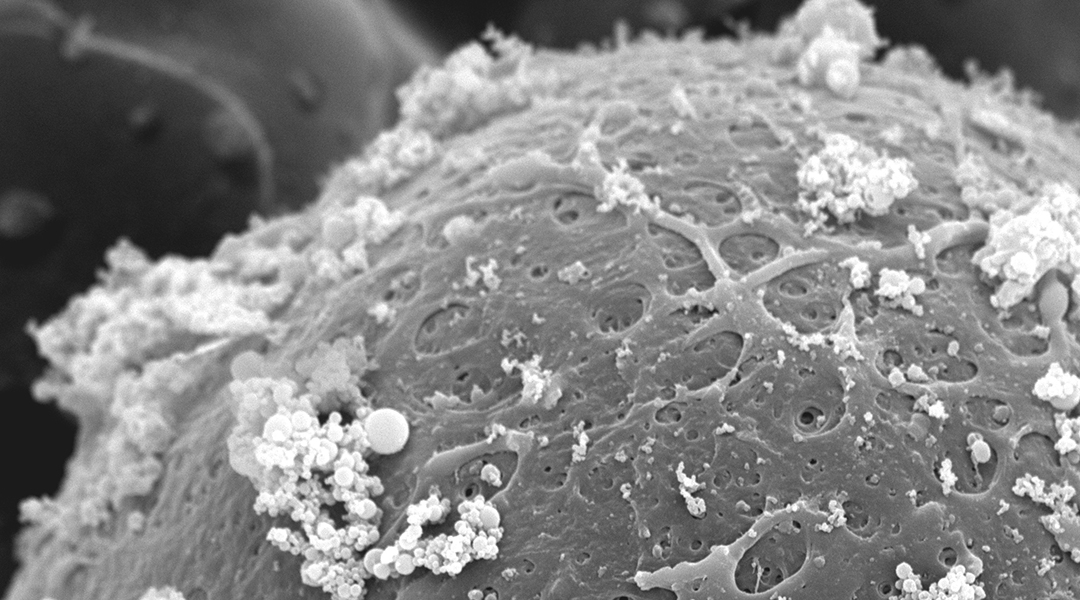
A unique approach to the remote control of embryos in lab setups could transform what is possible with fertility treatments and IVF.

Microscopic machines powered by light are a “double threat” to bacteria and could help combat the growing problem of drug resistance.
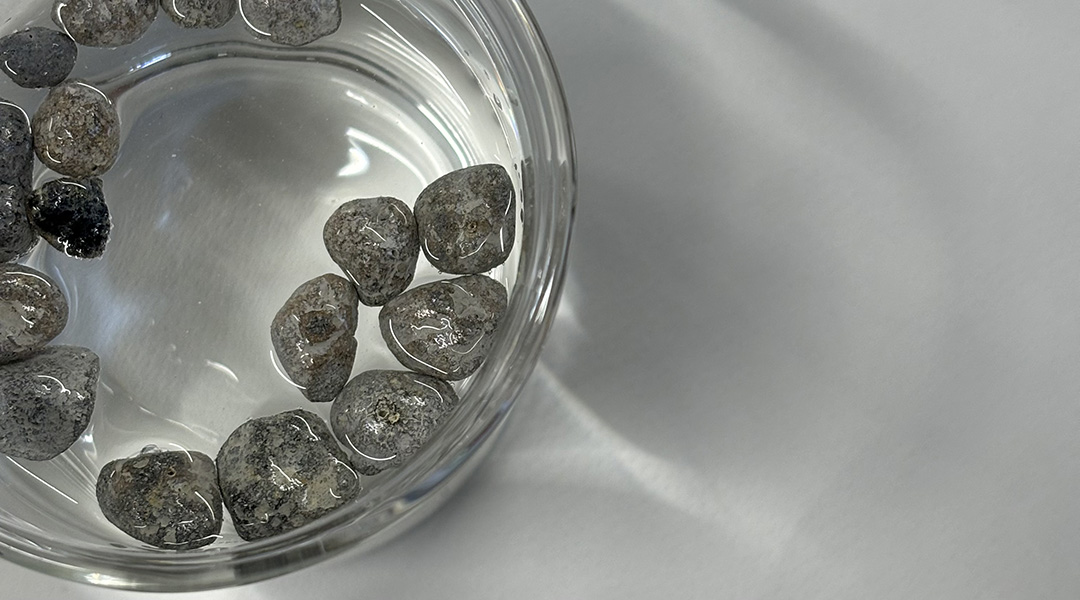
Sunlight-activated floating photocatalysts offer accessible water purification, vital for remote regions and developing communities.

Using electrochemical sensors, this new device can be used to combat water pollution by detecting heavy metals, like lead.
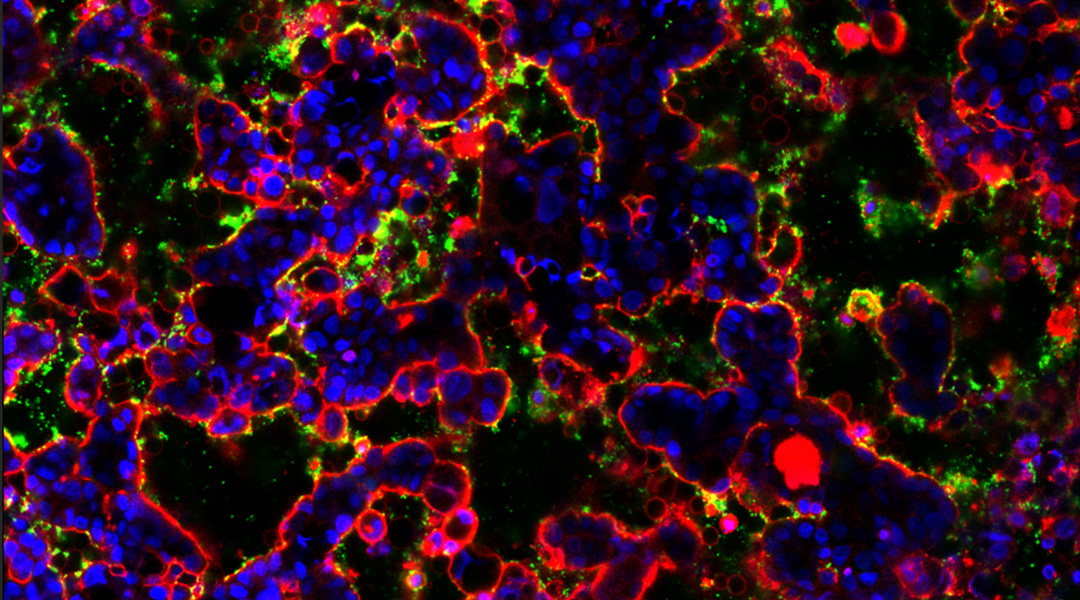
This artificial gut will allow scientists to gain deeper insights into the biome that exists there and how dysregulation can lead to disease.

An active compound extracted from Angelica Acutiloba effectively eliminates harmful senescent cells in the dermis, with anti-aging benefits.

Researchers are tackling the growing problem of electronic waste by designing wearable electronics from sustainable and recyclable materials.